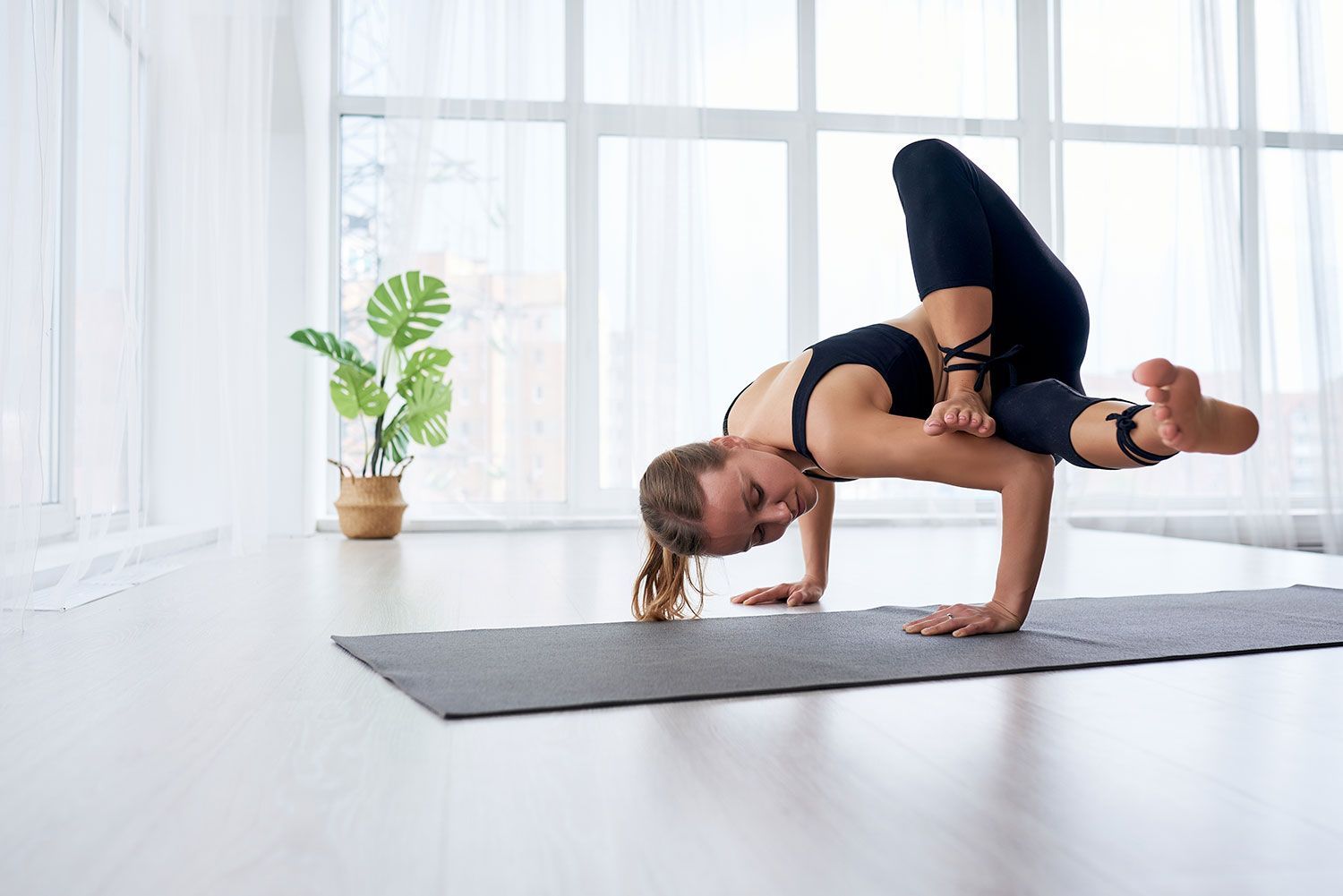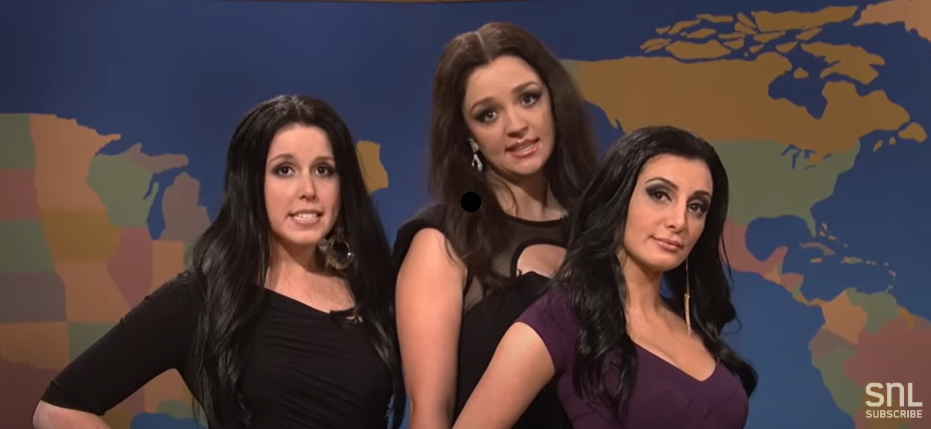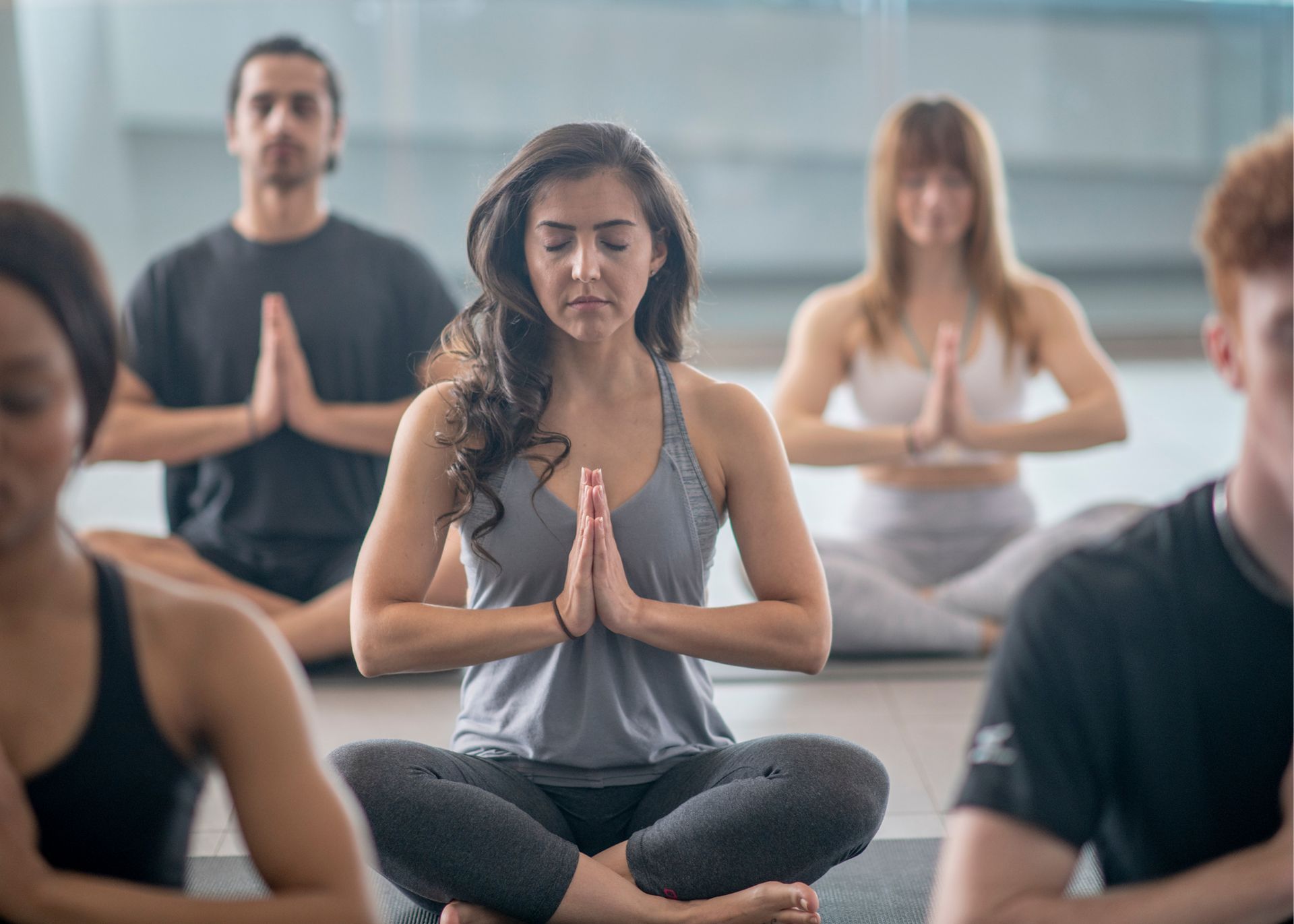I'll Keep You Safe
(*the unspoken promise of the yoga teacher)
I’ve written before about injuries that I’ve had which have made me more aware of my limitations in yoga – from the fractured ankle five years ago to the mild disc degeneration that’s been observed in my lower spine; as healthy as I am, age is definitely sending me messages and somewhat calling the shots as to what my yoga practice looks like now, as opposed to ten years ago – and what it may look like in the future.
The responsibility lies squarely on me to “police” my ambition, and make sure I’m taking care of myself, because nobody knows my body better than I do, and it’s up to me to make sure I’m safe.
With all that said: nothing makes me happier or feel more “seen” than a yoga teacher who imparts the sentiment: “I’ll keep you safe.” Yoga teachers are anatomy experts, deeply schooled in physiology and infinitely knowledgeable about what asanas should look like and what they should feel like.
But you cannot substitute your judgment for theirs.
Only you know what your body feels like and what it can realistically do.
But when a teacher takes the pressure off their students, and when they make the space safe enough for you to opt out if you feel the particular direction of the class is not good for you – that’s a teacher stepping in and making things safe.
When a teacher encourages individuality – and prizes uniqueness over perfection – that’s a teacher who has promised to keep you safe.
And when a teacher caters to all the students – and not just to those who are attempting “advanced” expressions of the poses – that’s a teacher who has everyone’s best interests at heart.
So, how can a teacher set an atmosphere of safety while also encouraging personal accountability in their students?
Reiterate: This is Their Practice
It is important to emphasize to your students that this is – and always will be – their practice. Whether they stream your class, practice home alone, or are in the midst of a packed in-person class, this yoga practice is theirs and needs to be vetted by them. This means that they are ultimately responsible to know their own limitations (or are at least in-tune enough with their bodies to get information when they are attempting something that’s less than ideal for their body.) They are the stewards and monitors of their own bodies – ready to throttle back if they feel unsafe, or challenge themselves into new boundaries if limitations permit.
Acknowledging Limitations and Boundaries isn’t Weakness – It’s Smart
If you set the stage for anyone – at any time – to opt out and elect to modify (or bow out of) any pose they deem to be not for them, you are creating a safe and nurturing space for your students. Emphasize that we all have limitations. Knowing what that ever-changing goal post is and honoring it is truly living in your own skin and inhabiting your own true authentic self.
Emphasize: This is a Safe Space
By establishing the tone that you have no agenda, no expectations, and no demands on “performance” in a class, you have told your students that this class is, in fact, a safe space, where everyone is free to do the practice that resounds with them. When an instructor offers a level of a pose “for those who have a more advanced practice”, that phraseology may invite a competitive spirit and might encourage someone to attempt something that’s not good for them, in the attempt to “keep up”. Be aware of not creating a hierarchy or unwittingly enticing students to an unsafe place in their practice.
Yoga class – for me – is an ultimately warm, welcome and serene place, made that way by instructors who I know have out best interests at heart and vow – in a unspoken way – to keep us safe.










